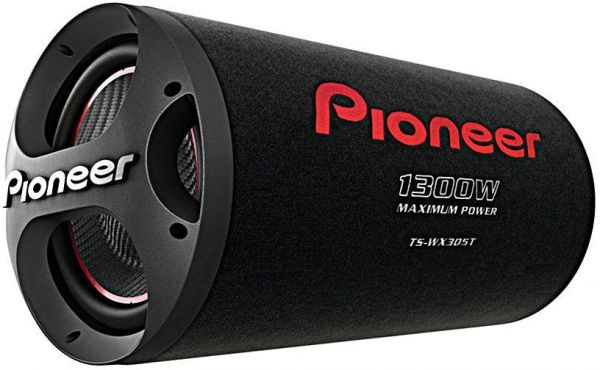Looking to have that musical power-drive on a road-trip? Or preparing to break a leg at your own house party? You must be on the lookout for a music system that would be just right for both occasions: compact and blaring!
Ever thought of getting a subwoofer for that matter? If you have already, you must have also wondered if a car subwoofer can be substituted for a home subwoofer, or vice-versa.
To answer your queries, we have listed here some of the essential points of difference between a home subwoofer and a car subwoofer, for you to go through.
Active and Passive Subwoofers:
So, these are the two kinds of subwoofers that you need to know about before getting your hands on one. The active subwoofers significantly differ in design from the passive ones. You have to plug an active subwoofer to an electrical outlet when you connect it to your audio system. This is because your home subwoofer will have a built-in amplifier that powers only the subwoofer.
Whereas, on the other hand, passive subwoofers are the ones that are used in cars and have a separate external amplifier for the system that drives the speaker. The power unit used to operate the speaker will significantly depend on the size of your car and the desired volume of the system.
Know that it is cost-effective for the manufacturer to design a subwoofer with an external amplifier aperture than one with a built-in amplifier. This, in turn, can affect the way these subwoofers are designed for home and car purposes separately.
Speaker efficiency and volume optimization:
This is one of the significant points of difference between a car and a home subwoofer. Home subwoofers play at a fully optimized volume than car subwoofers. The efficiency is measured by the index of how loud the speaker performs at a given power unit. Both designs or types can produce punchy bass with the correct setup and pairing with other components, but efficiency is another thing to take a closer look at. There are setups that require more power to produce the same quality of results. With home speakers, this isn’t such a huge issue. With car speakers running on the battery, this can be.
On the other hand, a car subwoofer will require way more power units to produce the same effect.
This is simply because home subwoofers pump more air into its system to produce a surround sound effect for larger areas. Whereas, car subwoofers are designed to play in enclosed spaces, needing a lot more power to create the desired effect. This is known as the “near-field” design.
Differences in Resistance or Impedance:
Resistance difference or Impedance is the measure or index that defines the amount of opposition a conductive item holds against electric current. The resistance or impedance ratings of the speakers are measured in Ohms.
Car subwoofers generally hold an impedance rating of 4 Ohms with low voltage and high-amperage designs. Home subwoofers, on the other hand, are typically the opposite of car subwoofers with an impedance rating of 8 Ohms.
A subwoofer with lower resistance will make an amplifier use lesser amounts of electrical current to produce higher wattage units. This is why car subwoofers are efficiently designed to work with car batteries that can crank up only 12-14 volts.
But, lower resistance can cause noise distortions and interference unlike the ones with high impedance values.
If you are looking for that thunderous sound quality with ultimate clarity, then you are possibly looking to get a 12-inch subwoofer for yourself.
Unlike a regular speaker which often falters in producing a low-end tone or a good bass, a 12-inch subwoofer is designed to create that desired sound effect. These deliver perfect tonal clarity with precise music-range detection.
So, if you want to feel that booming bass to dance the night away, the best 12 inch subwoofer is what you should definitely go for.
A quick guide to 12-inch subwoofers:
- Conical speakers are better at producing good bass than the round ones.
- Aluminum and magnesium speakers perform better because of low-frequency response. Fiber ones are more durable.
- Go for a build which has a strong and tight enclosure that ensures a great bass and high tonal clarity.
- Go for a subwoofer with dual voice coils instead of the ones with a single coil, especially if you’re looking to install multiple subwoofers in the future.
- RMS power handling and frequency ranges are the vital aspects to determine a good subwoofer.
- The impedance value is generally 4 Ohms with subwoofers, but there are few that come with higher ratings like 8 Ohms. Be sure to check the compatibility of such speakers with your amplifier to manage power handling and consistent distribution.
No matter what kind of sound system you go for, make sure to end up with a fair deal for your money and good music for your ears. These were a few tips and suggestions to assure just that.









